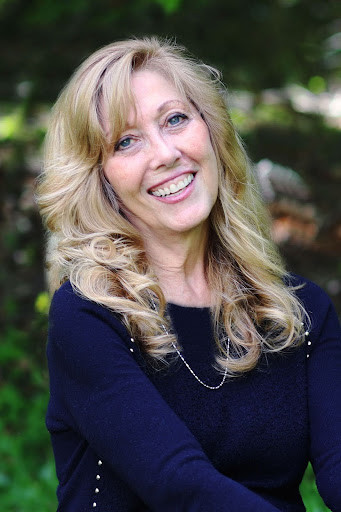Five Decades of Wilson School of Dance: How Juanita Wilson Built a Legacy Where Steps Have Become Stories

At the age of nine, Juanita Wilson faced a loss that would have shattered most children. Her father and three older brothers were lost on a boating trip off the California coast, leaving behind six daughters and a mother grappling with grief. In the wake of that tragedy, her family returned to their Iowa roots, and Wilson's life took an unexpected turn, one that would shape nearly five decades of her future.
Her mother, determined to find her daughter a meaningful outlet, steered Wilson toward dance. "Having already missed the general times for when other kids started band or chorus, my mom decided to find something else for me to do. That turned out to be dance," says Wilson.
Dance became more than just an activity; it became a lifeline. By the time she turned 14, Wilson's curiosity had ignited into passion. Hours after school, weekends, and every spare moment were spent in studios, learning, observing, and perfecting, her devotion absolute. Within just a few years, she was dancing professionally, performing with local entertainment groups, and discovering that her calling might not be the spotlight, but the studio itself.
By her early twenties, after a brief stint working at a bank in Charlottesville, Virginia, she made a life-changing decision: to teach full-time. With borrowed records, a shared apartment, and a tiny rented studio space in Crozet, she opened the doors to what would become the Wilson School of Dance, which has nurtured talent, discipline, and confidence for thousands of students for 48 years.
Even as her school in Charlottesville began to grow, Wilson felt the pull of the broader dance world. In the early 1980s, she moved to New York, a city pulsing with opportunity and high-stakes competition. There, she taught at prestigious studios and collaborated with renowned theaters.
"It was exhilarating," she recalls. "I would watch rehearsals at a performing arts theater in New York, hear this famous choreographer's commanding voice, and witness the highest level of dance in the world. But I realized my calling was not just to perform, but to teach, to guide students in a way that truly changes lives."
During that year, she commuted back and forth between New York and Charlottesville, keeping the Wilson School alive while absorbing lessons from the professional stage. Ultimately, she returned full-time to Virginia, buying and transforming a former church into the studio that still houses her school today.
The school operates in a former church with soaring Gothic windows, sprung floors, and an atmosphere that Wilson describes as both nurturing and disciplined. "We want students to feel supported, to know that dance is not just about competition, but about joy, storytelling, and growth," she says.
Dance itself, Wilson says, has changed over the past five decades. When she started, most people only knew ballet and tap. Flyers needed to explain what jazz dance even was. But now, students train in lyrical, contemporary, hip hop, and other styles, while the physicality of dance has intensified. "The tricks, turns, and stunts now require serious training," she admits. "It's athletic, it's precise, and you need to know how to move safely."
Yet despite the technical evolution, the heart of Wilson's teaching has remained constant: expression. "Dance is life," she says. "Every emotion, every thought, every story can be expressed through movement. I'm drawn to dances that tell personal stories, not just abstract or imaginary ones."
Wilson's connection to storytelling through dance can be seen through her choreography. For the school's 25th anniversary, she choreographed Call the Man, a dance dedicated to her late father. "It was my way of expressing what I always felt, that longing, that wish that he could have been there," she says. Surrounded by students representing her sisters and herself, the piece became a living memory, a blend of grief, love, and resilience.
Over the years, she has witnessed countless students transform, not just as dancers but as people. A shy child may emerge confident, socially engaged, and academically motivated; a former student who returns years later to dance again may realize she's retained more skill and technique than she ever imagined. "It's in those moments I see the real power of teaching," Wilson says.
Now approaching her studio's 50th anniversary, Wilson leads a team of instructors, all united by her philosophy: dance is for everyone, and learning it can change lives. She believes her purpose is not to perform but to pass on her gift. "I don't have children of my own," she says, "but I see their joy, their growth, and their confidence, and that is my legacy."
© Copyright IBTimes 2025. All rights reserved.





















